My paddling plans usually lead me north, dreaming of the rocky shores and spruce-fir northwoods of the Boundary Waters Canoe Area, Quetico, Maine's wild rivers, or farther north into Canada. After reading some of Traveling Ted's posts about canoe camping along the Lower Wisconsin River, I got the itch to return to paddle this outstanding old favorite!
One River, Many Looks
The Wisconsin River flows southward for 430 miles from the state's northern border with Michigan, then hooks westward in the southern part of the state as the river heads to join the Mississippi. These last 93 miles are protected as the Lower Wisconsin River State Riverway—an area that has never been dammed and offers a wild and wooded shoreline.
A few essentials for paddling the Wisconsin River.
Throughout its twists and turns, the Wisconsin River takes on many faces as it flows through the state.
A northwoods stream at its' headwaters, the river gains size and strength as it flows southward (this part of the river has been harnessed for industry). Known as "The Hardest Working River in the Nation," the Wisconsin River has 26 hydroelectric dams and flows past numerous paper mills. In addition to cranking out serious energy, the dams help with flood control, and the reservoirs offer a variety of recreational activities.
As a Boy Scout, one of our Summer camps was on the shores of one of these reservoirs, Castle Rock Lake. I earned my Mile Swim, BSA Lifeguard award, and canoeing merit badge on its waters, as well as my first Winter "Zero Hero" sleeping in a snow hut on its ice. Our family would often take day trips to Lake Wisconsin, another of the river's reservoirs, to paddle, picnic, and fish.
Farther south, the river flows through the famous Dells of The Wisconsin River ("Wisconsin Dells"), which initially attracted visitors with its beautiful and dramatic sandstone rock formations and is now home to amusement parks, motels, and other touristy chatchka.
Flowing past the edge of glacial reach, the Wisconsin River flows into the "Driftless Area," a landscape of massive tree-covered bluffs, soaring eagles, and a winding big river spotted with endless sandbars.
Lower Wisconsin State Riverway: Paddlers Dream Destination!
For the canoe or kayak camper in search of a quieter and wilder experience, it's the undammed and protected stretch of the Lower Wisconsin State Riverway that's most interesting.
“I’ve paddled the Wisconsin River about 60 times. I can’t wait for number 61!”
No portages, no rapids, and a smooth sandy bottom with few hang-ups means the lower stretch of the Wisconsin River is suitable for novice and expert canoeists alike. The river's sand bars are part of what makes a Wisconsin River canoe camping trip unique and so much fun! Float the river until it's time to make camp, choose a sandbar, and make yourself at home. No designated camp sites, no permits or fees, and, ideally, no neighbors for as far as you can see up and down the river. This type of "wild camping" option is pretty rare on river trips in the lower 48 and helps to add a feeling of freedom and adventure to the voyage.
The Wisconsin River's front country access and multiple landings allow you to plan a paddle on the river for a few hours or a few weeks. We were actually able to arrange to have some paddlers meet and leave us mid-trip at different access points, a rare feat on a river trip.
What to Expect on the Wisconsin River
While the remoteness and rugged portages of the Boundary Waters require a light and efficient wilderness travel technique, the Wisconsin River can be more forgiving and less arduous for canoe campers. Paddlers may encounter strong upriver winds requiring paddling effort, but, generally, the river carries you right along with it's strong flow. Packing light and paddling fast boats can help you easily cover the miles, but given that Wisconsin River paddlers don't have to pick up and portage their gear, it doesn't necessarily mean that those with the fast and light approach will be having any more fun than the guy barging along with well-stocked coolers and packed more or less as he would for a car camping trip.
Paddling the Lower Wisconsin State Riverway is very popular, but with some planning, you may actually see fewer people on the Wisconsin River than you would on a comparable Boundary Waters trip. There are no group size limits and rental outfitters are equipped to handle large crowds, so you can almost always find fun, festive, Jimmy Buffet-type float scenes during Summer weekends. If that's your thing, great, but if you're seeking solitude and a wild retreat, starting farther downriver from the outfitters and timing your paddle to avoid the weekend crowd will likely have you feeling like you have the river to yourself. Even starting a half day earlier than the weekenders should keep you ahead of the pack.
Traveling Ted, one of our crew on this trip, posted a good article about river etiquette, in case you're wondering how to handle certain situations on a crowded river.
Paddling Southern Wisconsin is an excellent trip planning resource for anyone really wanting to dive into a trip on the Wisconsin River.
Bull Moose Patrol on the Wisconsin River
Part of the crew ready to tackle the Wisconsin River!
Our weekend paddle took us 25 miles along the Wisconsin River, from Muscoda to Woodman. We launched early Friday afternoon and chose this particular section to avoid the crowds upriver. Traveling Ted had canoed the river the week before on a stretch farther upriver from where we launched. He estimated he saw 50+ other boats in that area. Although the river is large enough to support a lot of people, we wanted to separate ourselves from the party bargers. We succeeded, too, because during our three days on the river, we saw only a few other paddlers and one or two fishing boats!
Our days were bright and sunny. An unexpected treat was the incredibly brilliant night sky while we sat around the evening campfires. The mornings brought heavy fog, which burned off by midday, but showed a different mood of the river.
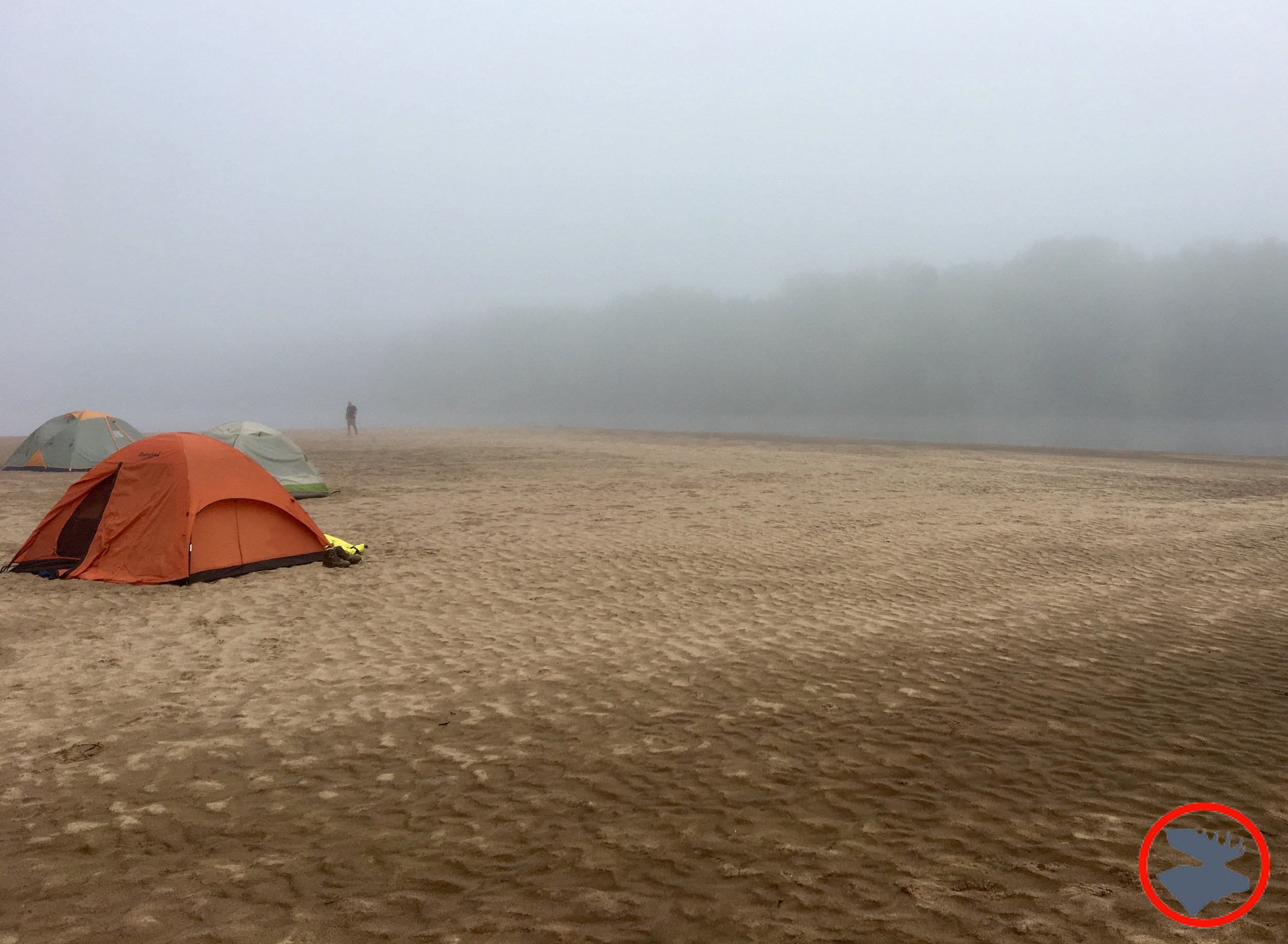
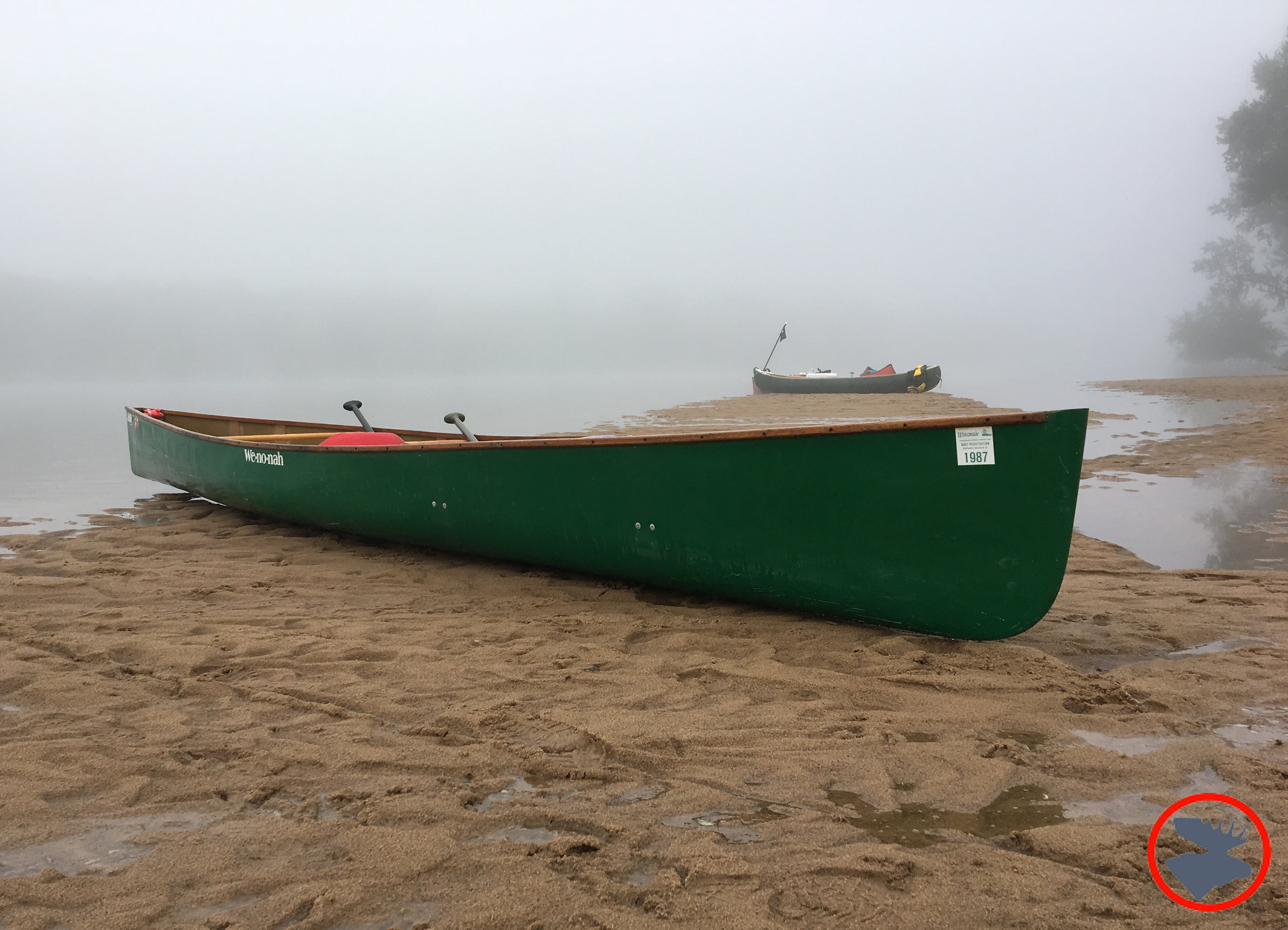
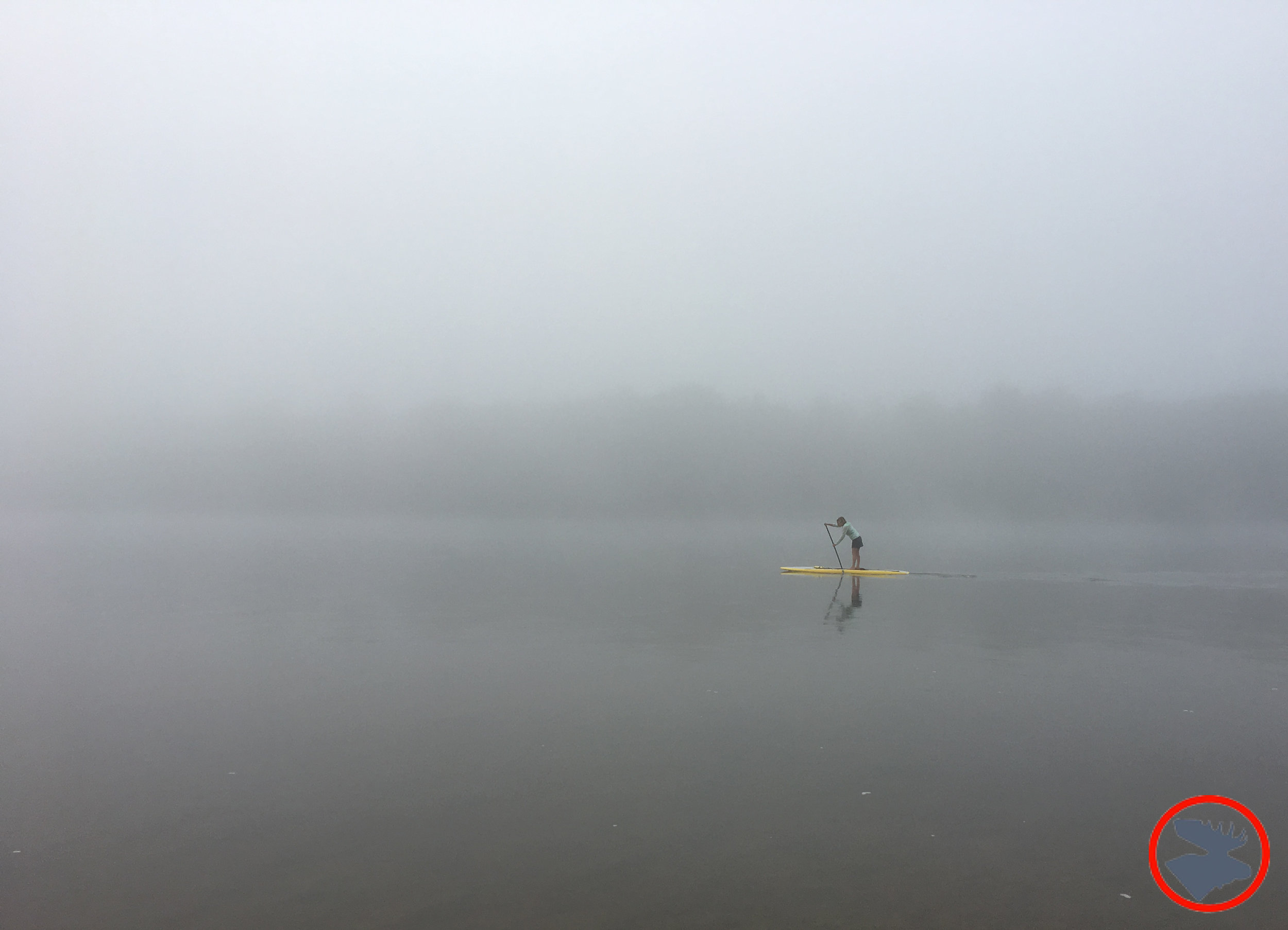
Throughout this 25-mile stretch of the river, we felt largely submerged in the wild and wooded river valley. The river banks are lined with hardwoods and the massive bluffs tower above the river. We paddled past a few landings and cabins, and caught site of or heard the road at points, but for the majority of our trip, we felt secluded. If you're familiar with paddling the BWCAW or other more northern waters, the Wisconsin, with its hardwoods, hilly horizon, and sandy shores offers a really different and special feel.
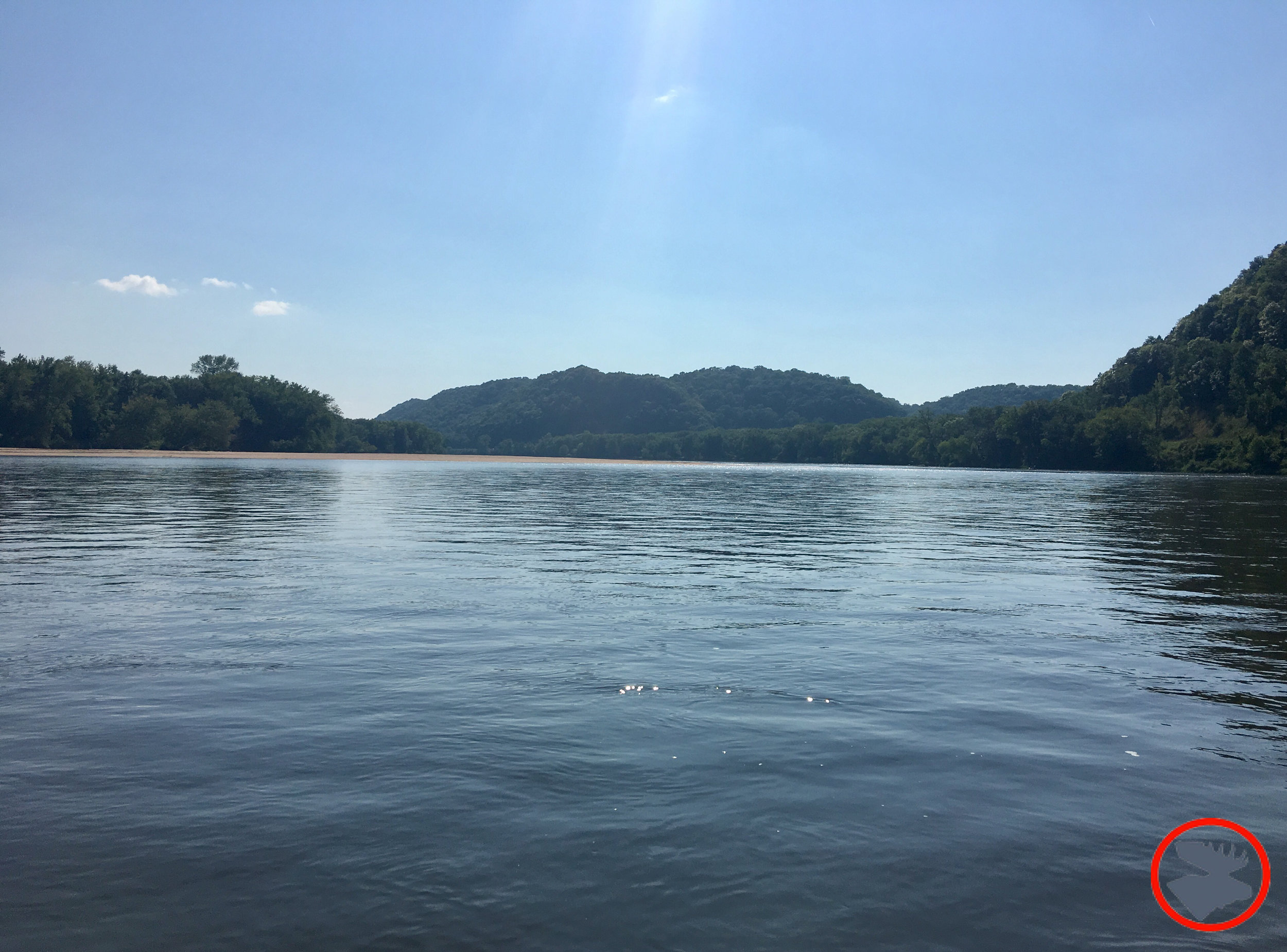
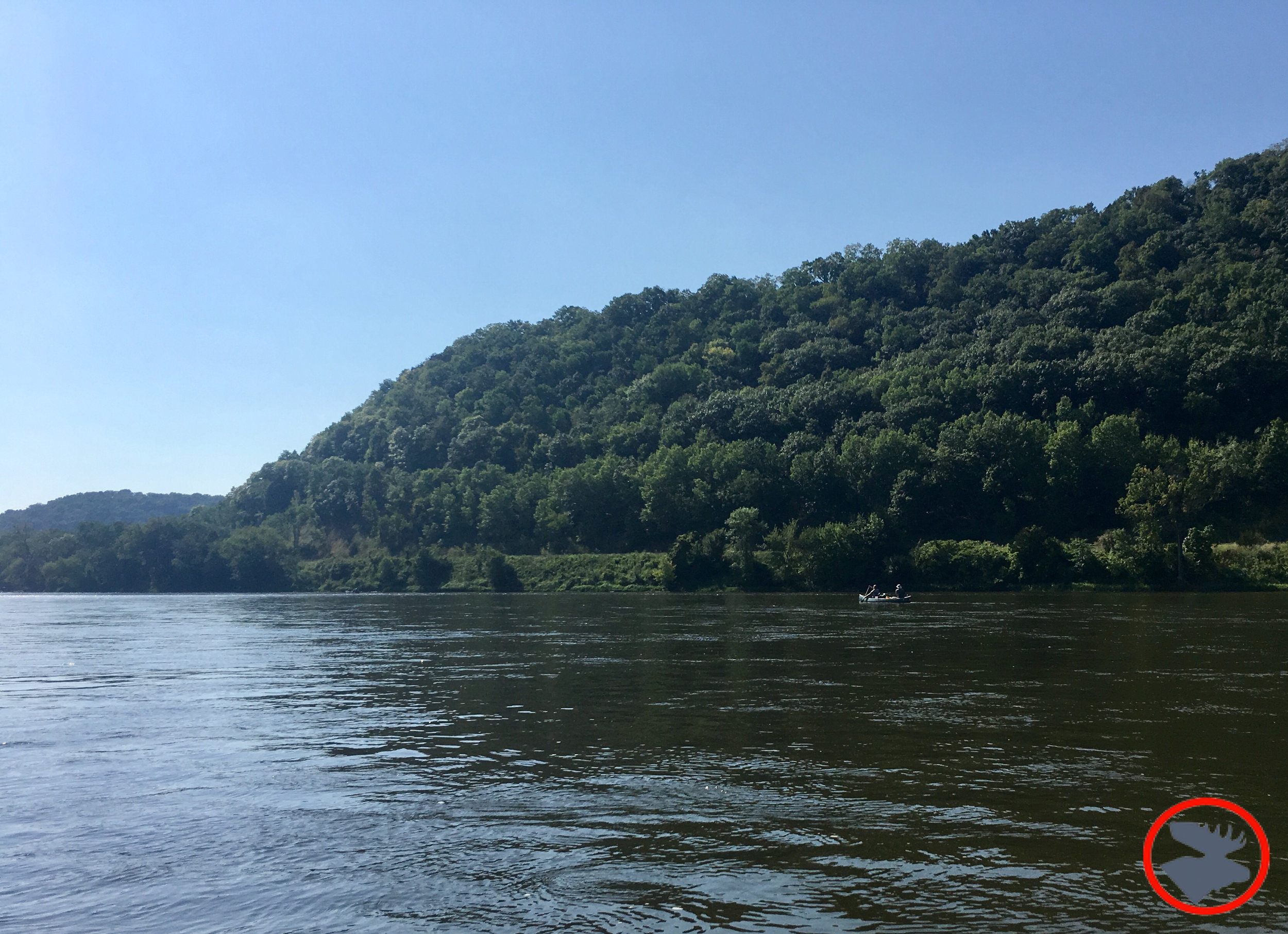
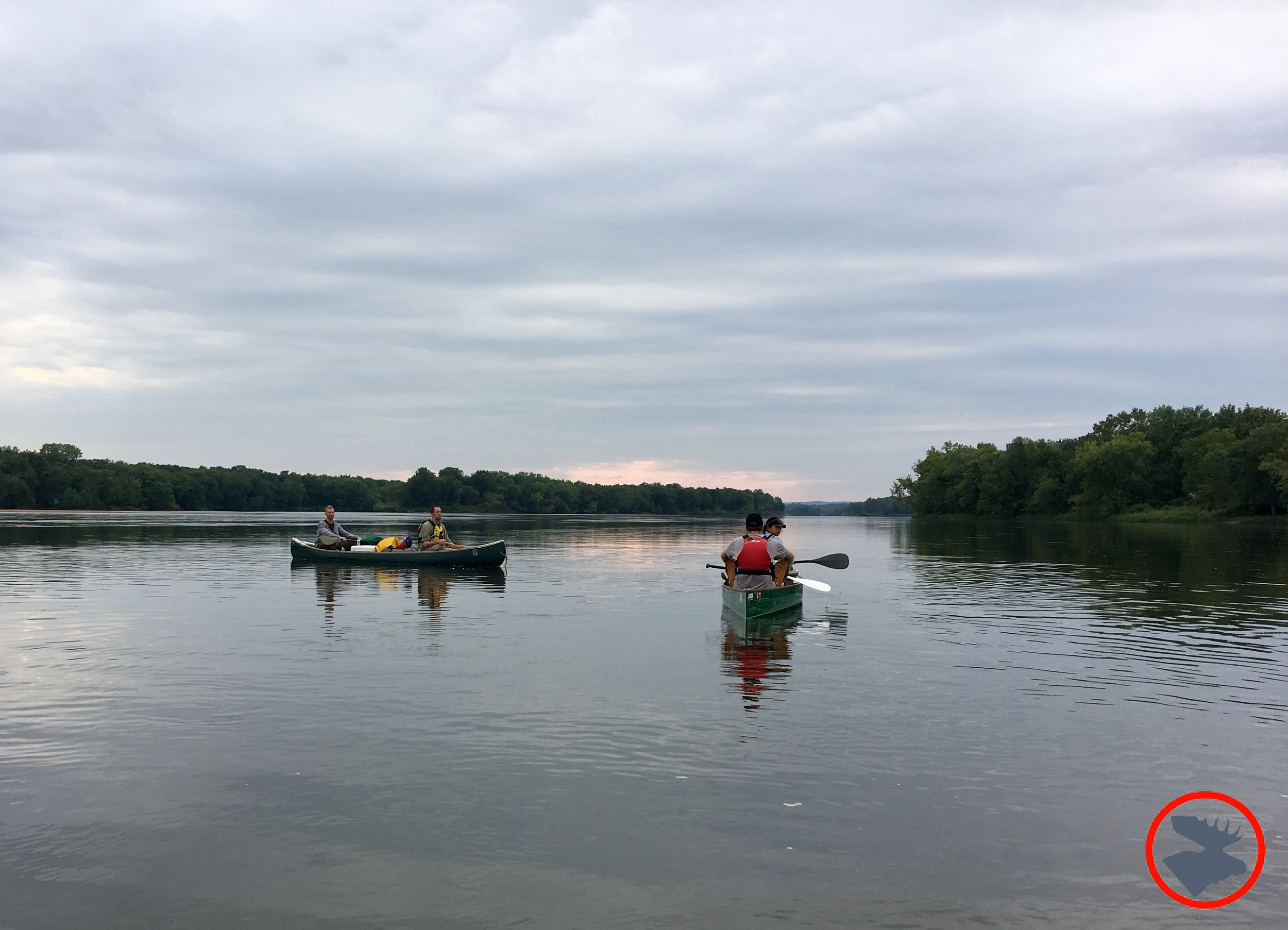
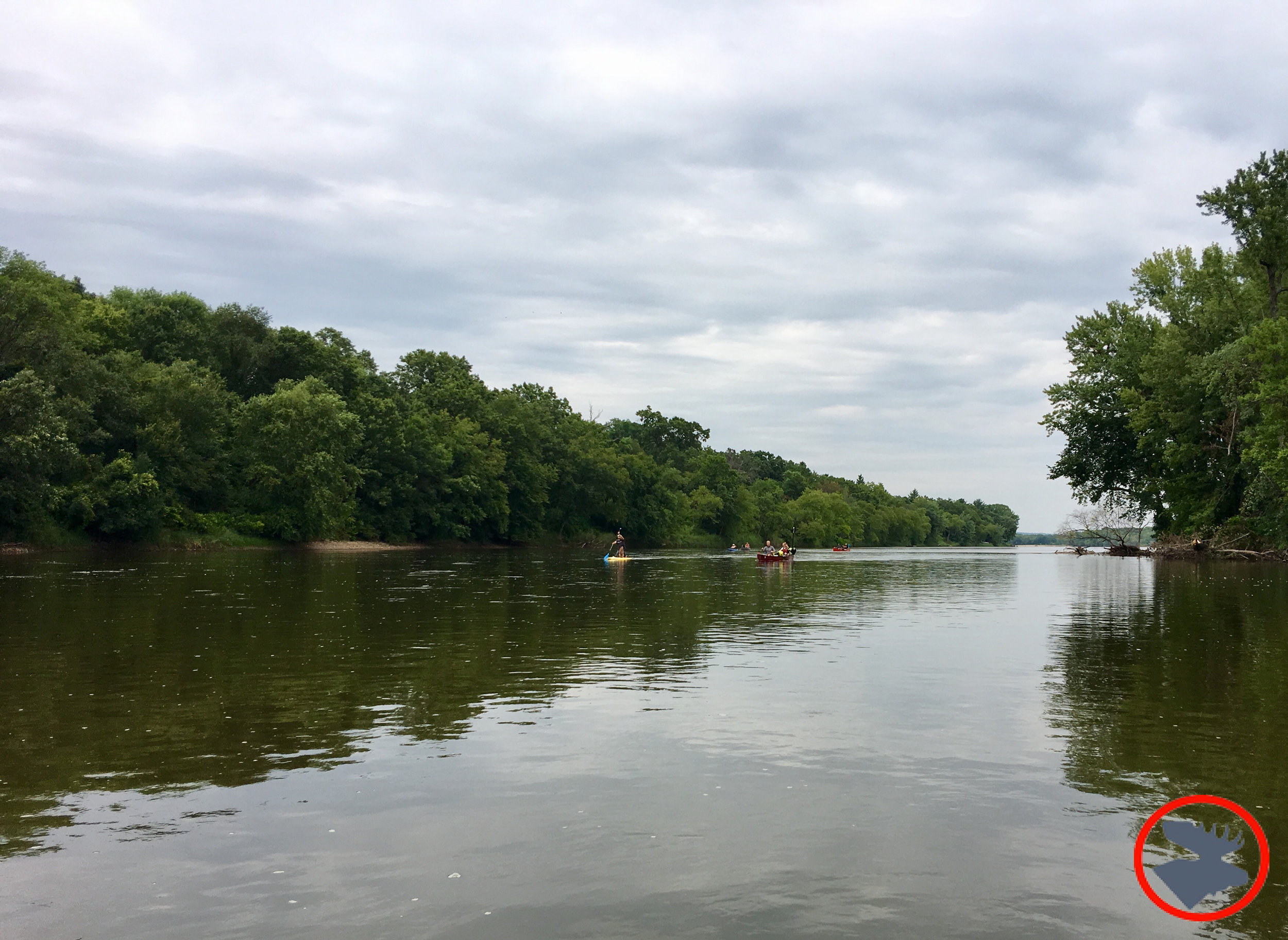
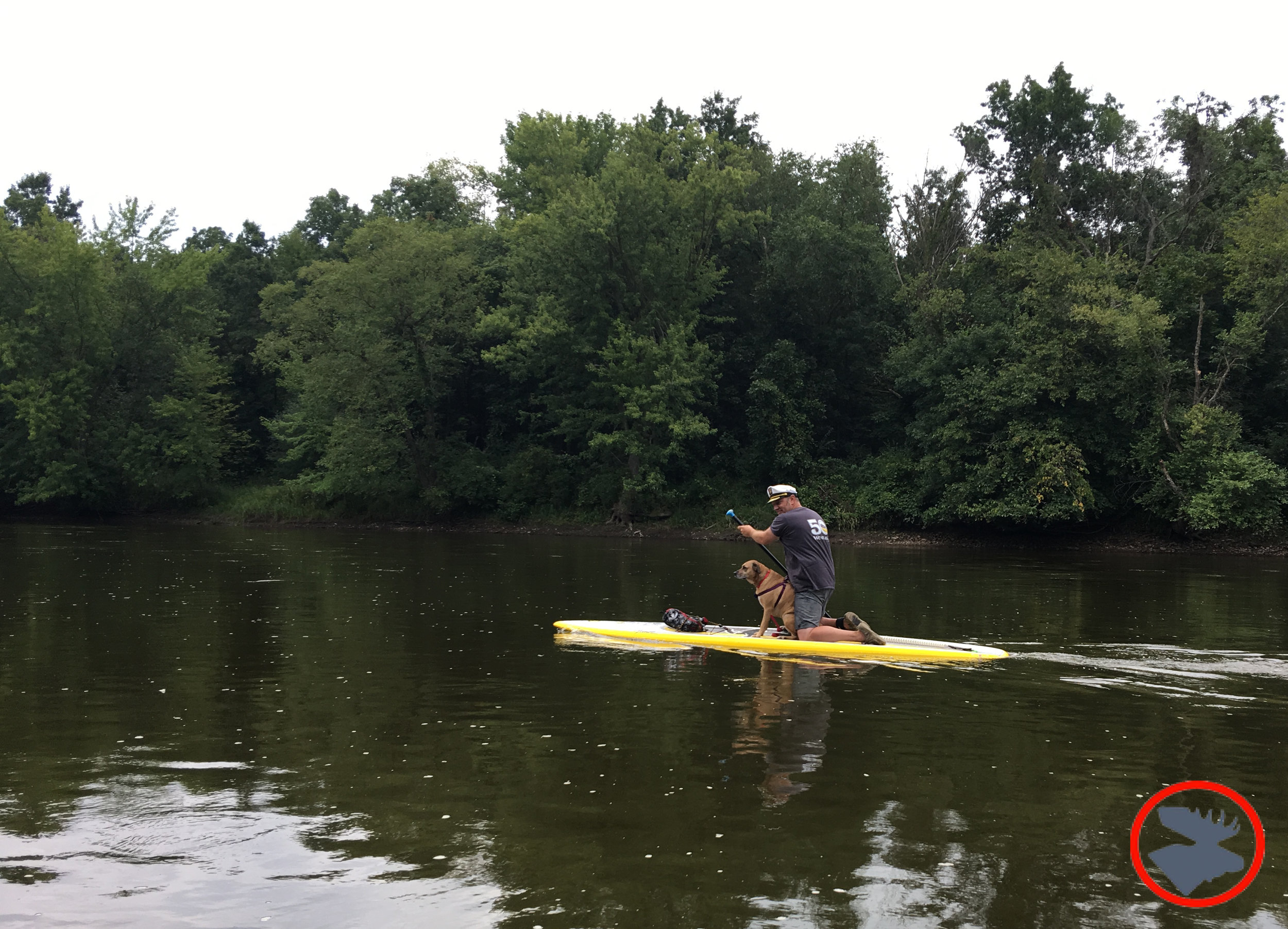
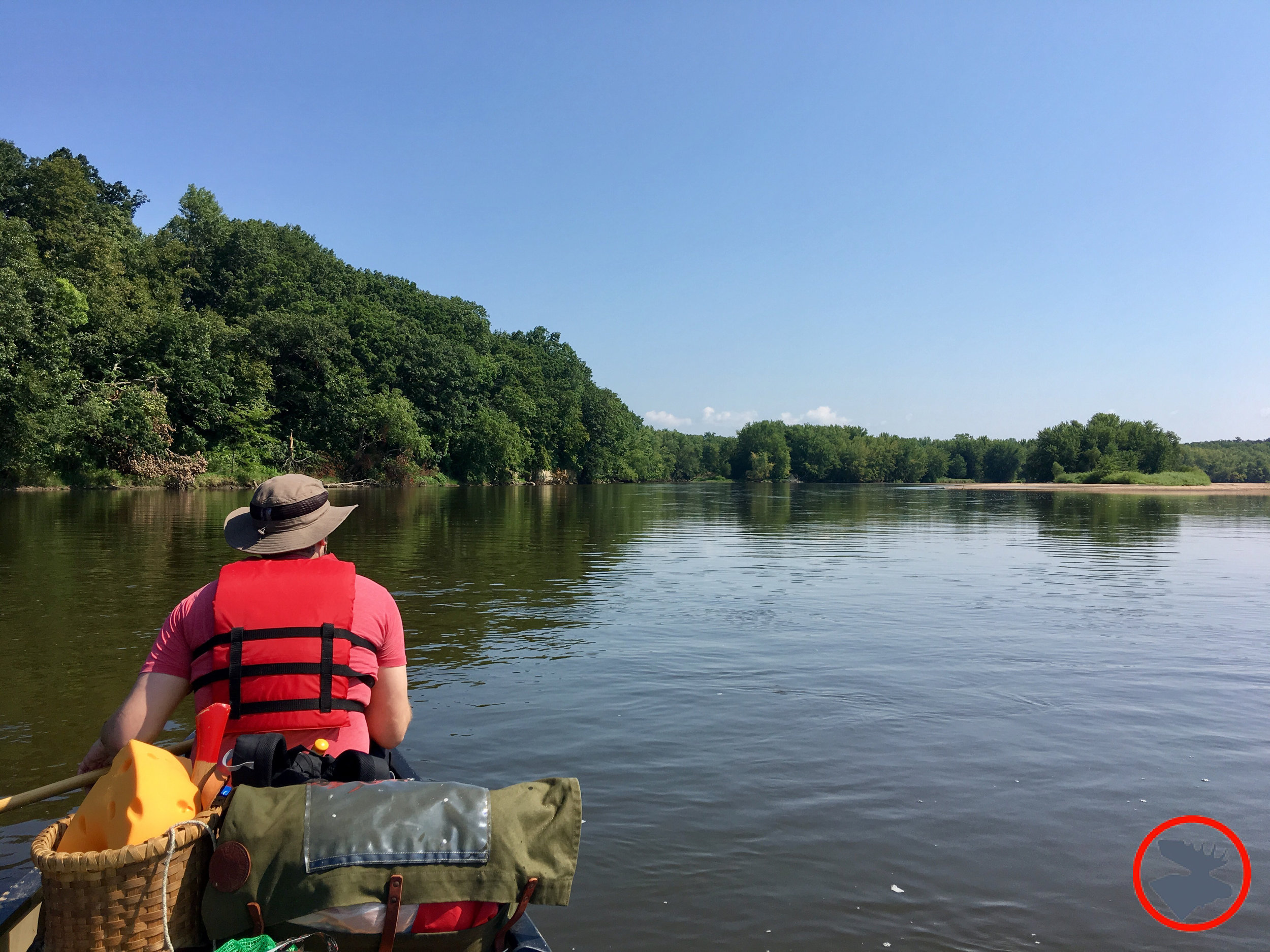
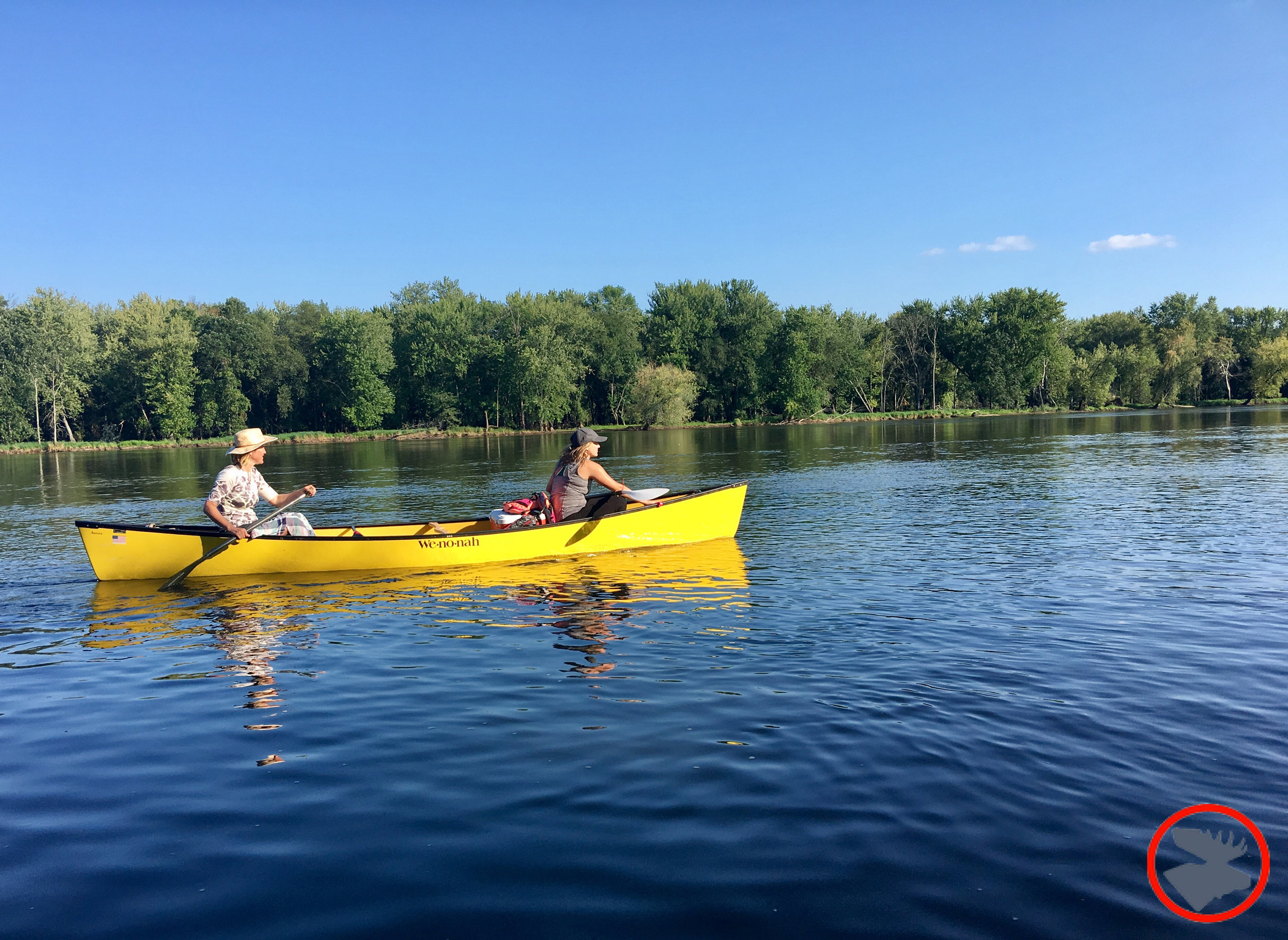
Wenonah T-Formex Prospector
Another reason I was excited for this trip was that I was taking delivery of our new canoe! A striking 16' red Wenonah Prospector with the new T-Formex hull material!
We've had a 16' Wenonah Prospector model Royalex canoe (a 1982 "Flambeau" model) in our family's fleet since the early 80s, and I've used it for everything from taking the family on backwater Mississippi cruises, to soloing through the BWCA and Quetico, to poling up and down fast and rocky streams. I fully intend to get the same kind of use out of the classic hull design in the T-Formex Prospector.
Wenonah lists the T-Formex Prospector as a "downriver" canoe, and it certainly is that; however, the Prospector's hull design has long been regarded as a great all-around canoe. Famous Canadian canoeist, author, film maker, and artist, Bill Mason, sung the praises of the 16' Prospector. Mason's canoes were red. If you think it's a coincidence that I chose red for my prospector, you are mistaken!
With the T-Formex material, Wenonah was able to mold a finer bow and stern compared to my Royalex version, as well as a more rounded bottom. I've played around a bit with "Canadian Style" paddling, and with this new and more refined hull shape, my physical ability will definitely be the limiting factor—not the boat!
On the Wisconsin River, I let Traveling Ted and Sam, our pals from Chicago, take the prospector for its maiden voyage. While 16' is on the short end for a tandem tripping canoe, the Prospector's deep sides offer a large volume, and it easily cruised along with a huge cooler, as well as Ted and Sam's camping gear.
Traveling Ted & Sam paddling the Wenonah T-Formex Prospector
Float Trip Camping Gear
For this weekend trip, I packed my usual northwoods group and personal canoe camping gear, but given the nature of a Wisconsin River trip, I also took inspiration from the western rafting style of on-river camping. This meant bringing items that made for a rather luxurious float trip and added considerable tonnage added to our cargo load:
Ice-filled coolers with fresh food and cold drinks
Firewood and charcoal (firewood can be a bit scarce on the river and the banks are often thick with poison ivy)
Camp chairs and a folding table
Dutch oven, a folding camp oven, dual-burner stove, and lantern
Gallons of fresh water
“Great steps have been taken to clean up the Wisconsin River...but for convenience and peace of mind, we brought along several large containers of purified water.”
I don't pack like this for a paddle and portage trip or a run down a shallow and rocky river, but it was no problem on the Wisconsin.
Boundary Waters paddlers know all about restrictions on canned goods. On the Wisconsin River, there are no restrictions. In fact, if you're bringing beverages, cans are required and bottles prohibited. Pack it in and pack it out, of course, so be sure to bring some trash bags for your refuse.
Great steps have been taken to clean up the Wisconsin River, which decades ago was heavily polluted from industrial uses upriver, but for convenience and peace of mind, we brought along several large containers of purified water.
We ate very well, stayed hydrated, and comfortably enjoyed our time in camp. Sam, another one of our crew, said this trip was "The best I've ever eaten while camping!"
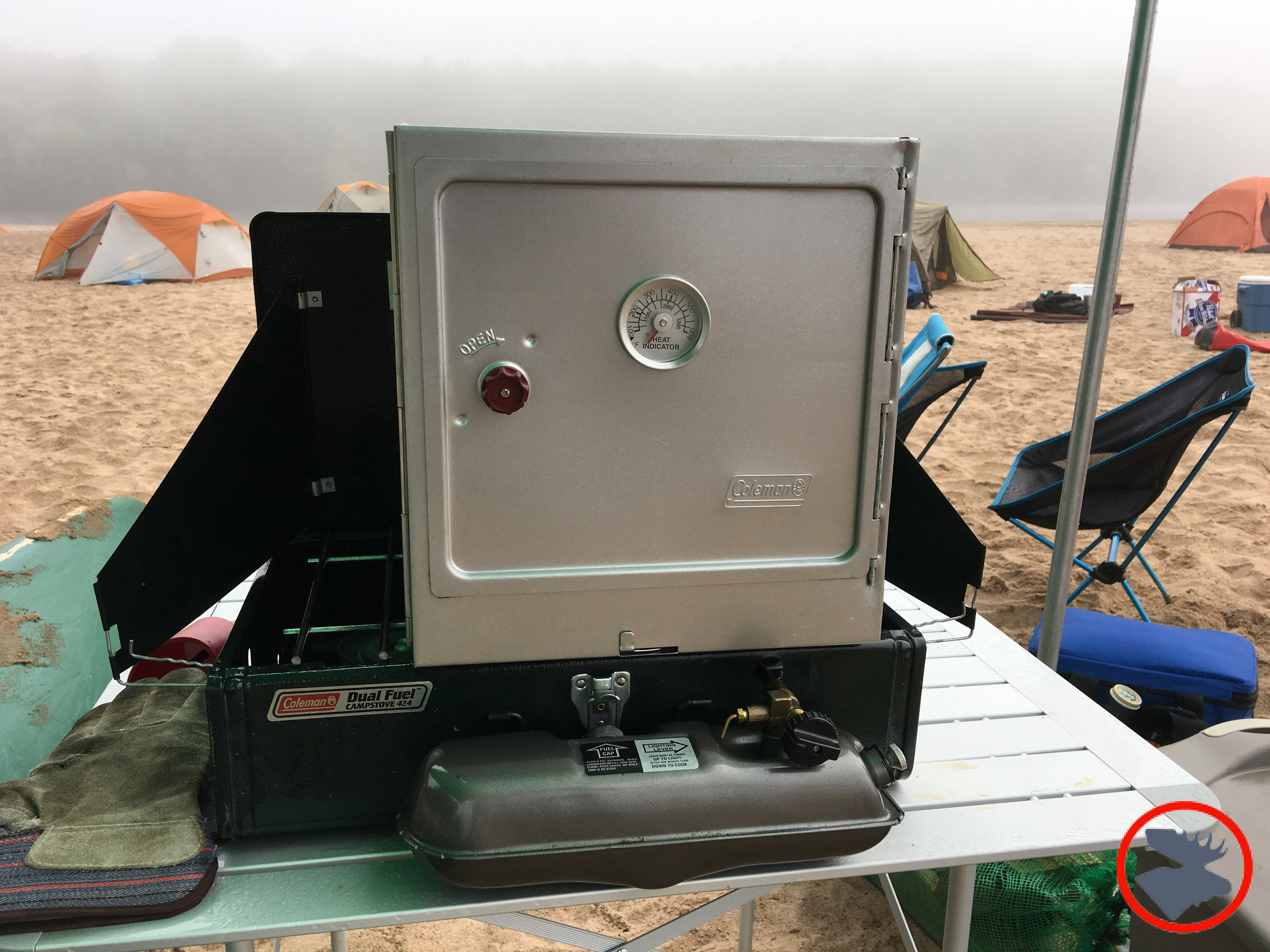
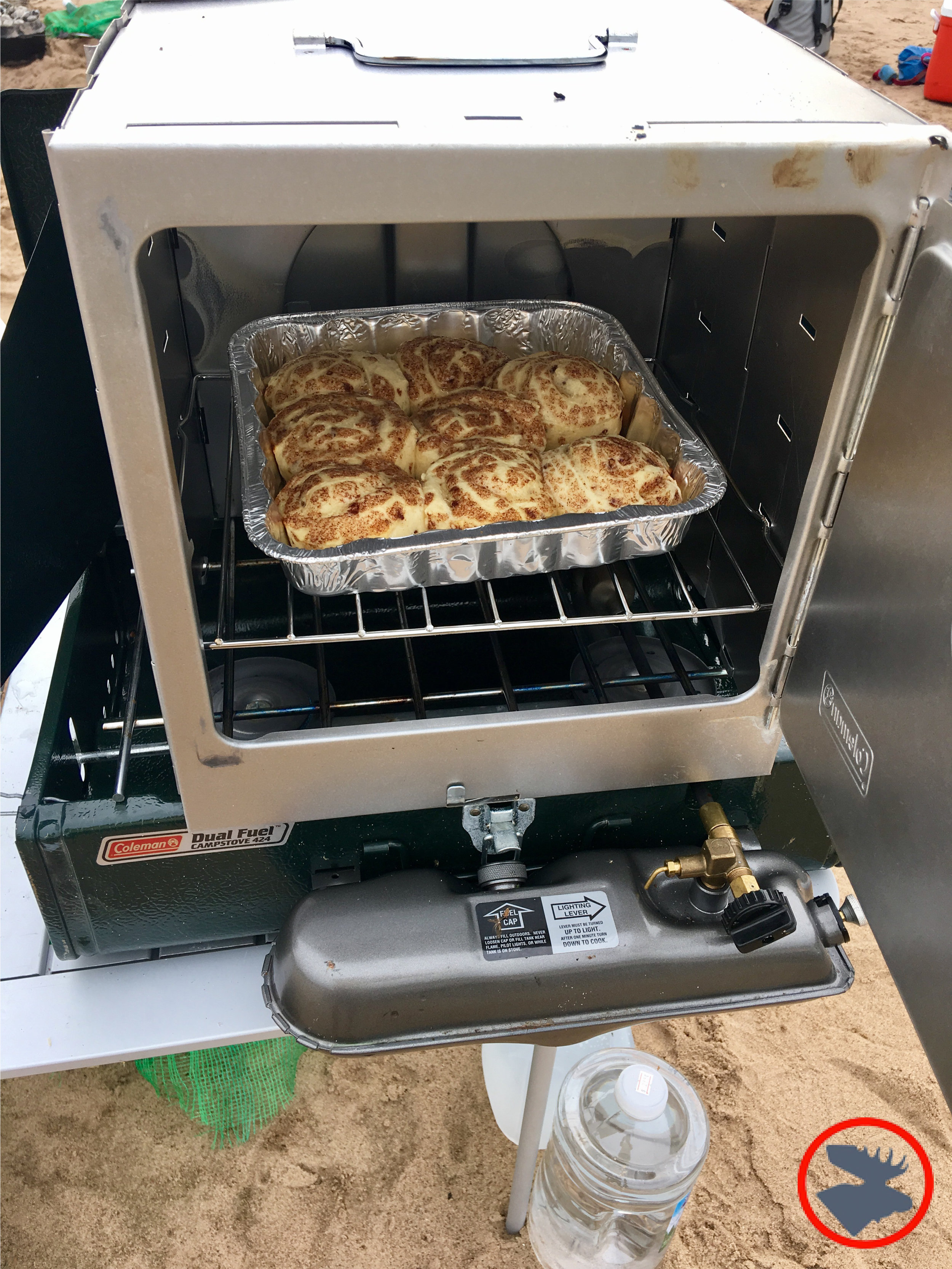


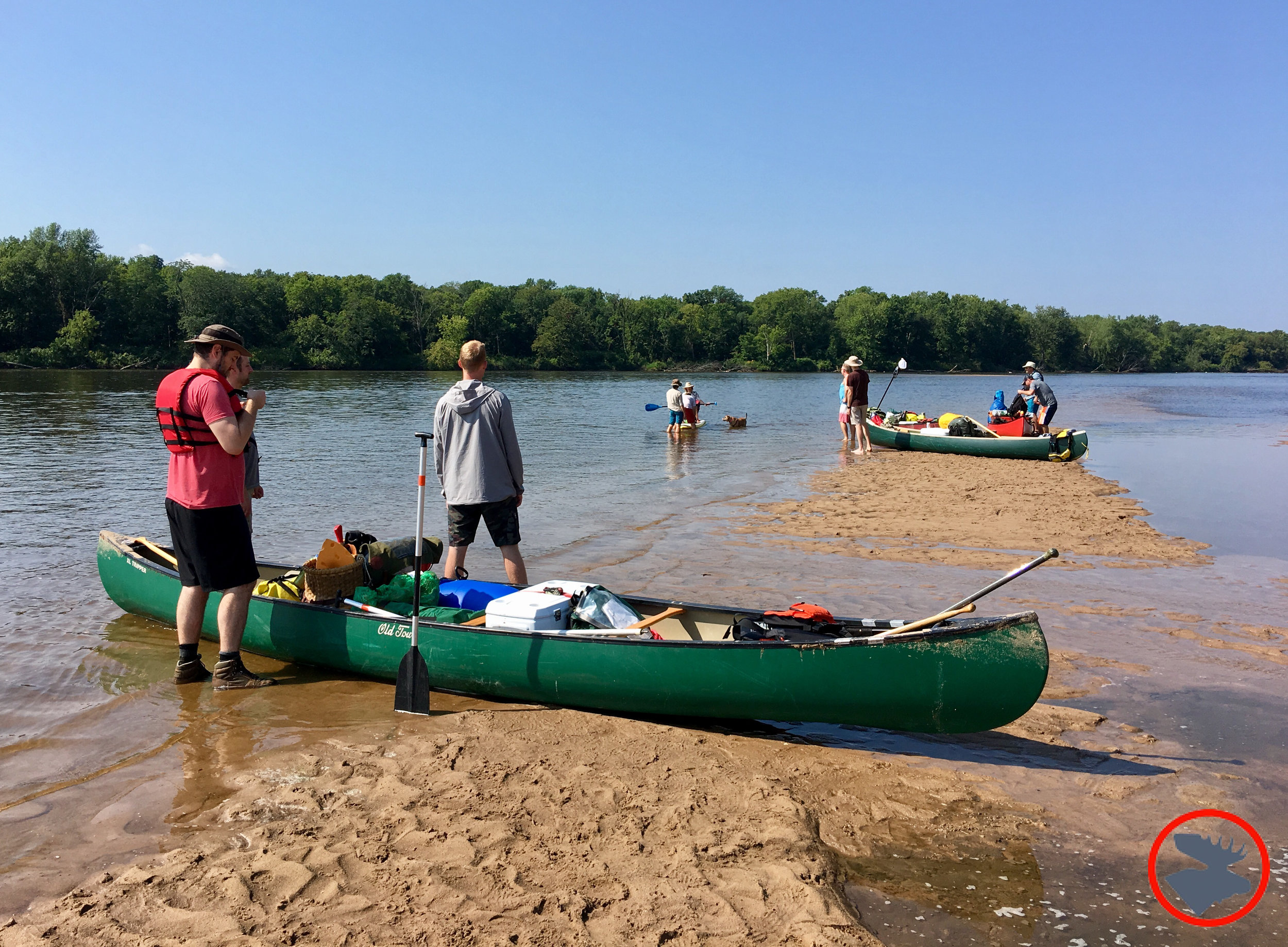
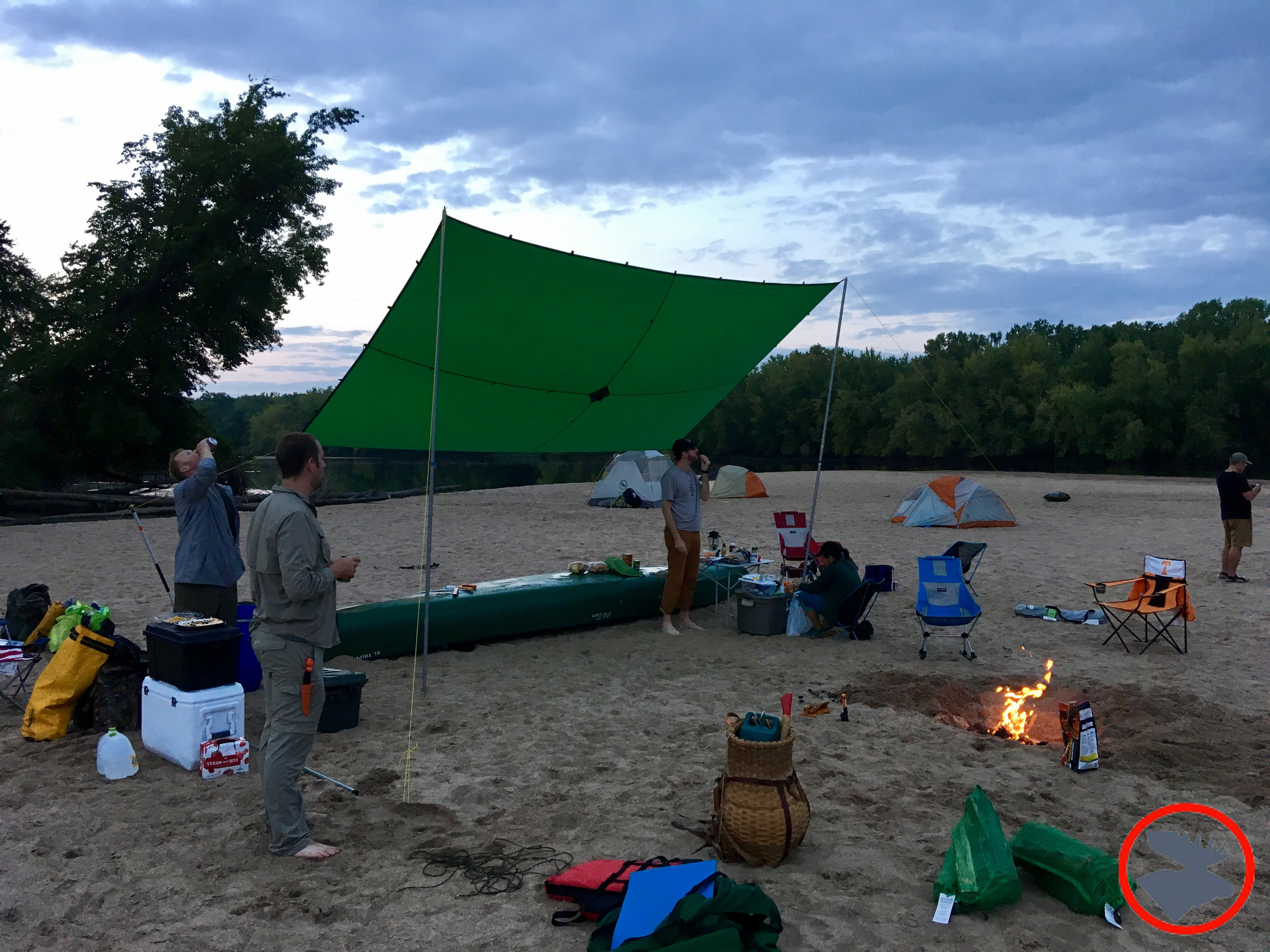
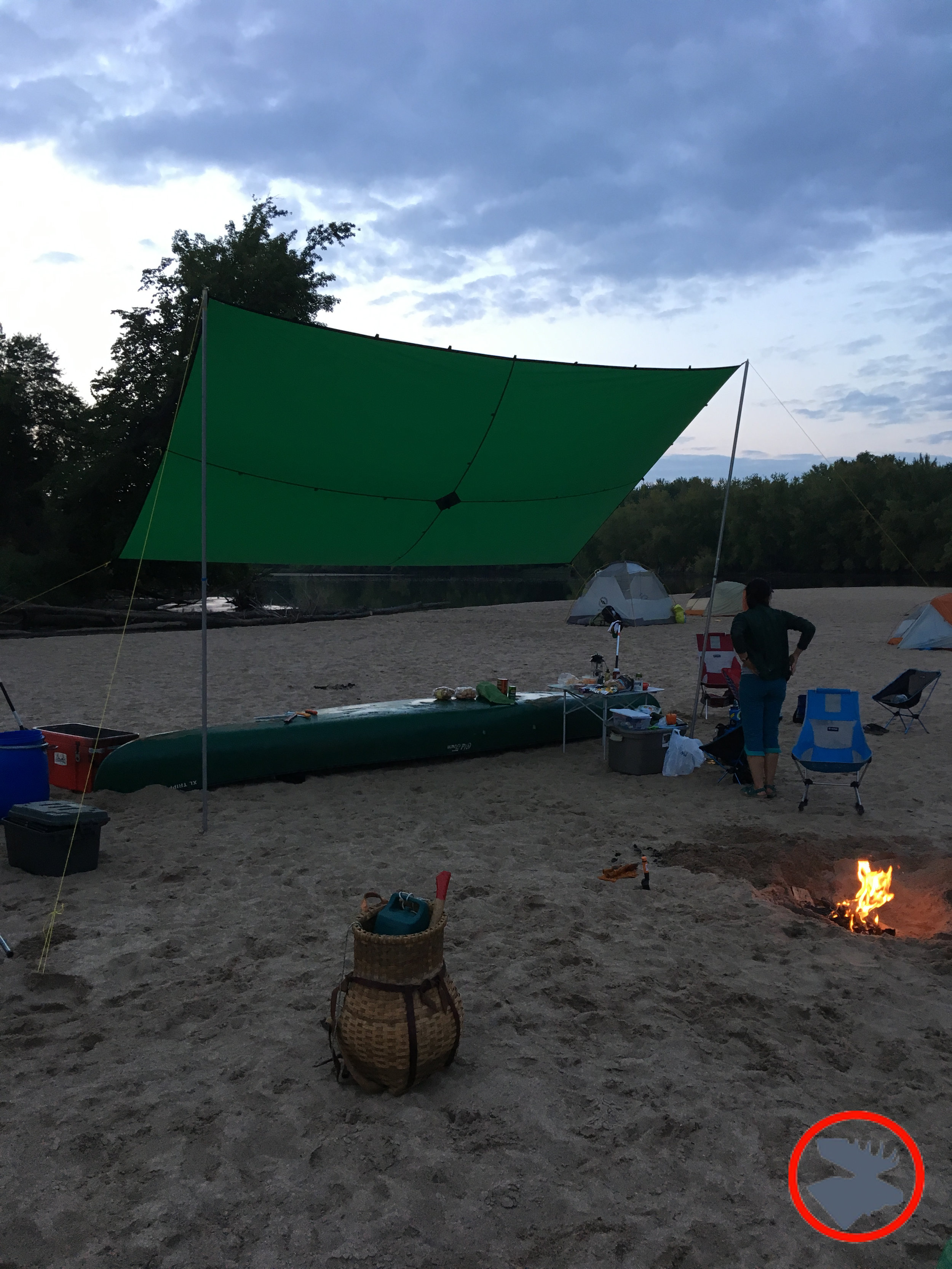
In the end, everyone—even those who had spent time in the BWCA, Quetico, Sylvania, Flambeau, Ozarks, Maine, and other great paddling destinations—agreed the Wisconsin River is a unique, beautiful, and fun canoe camping trip! It'll definitely be on the Bull Moose Patrol yearly trip list.
If you'd like join us on our next Wisconsin River canoe camping trip, send us an email!










I had a fun conversation with White Bear Lake magazine about why I started Bull Moose Patrol, leading wilderness trips, and why I never tire of sharing my love of the outdoors or introducing outdoor experiences to people that they may have never imagined!